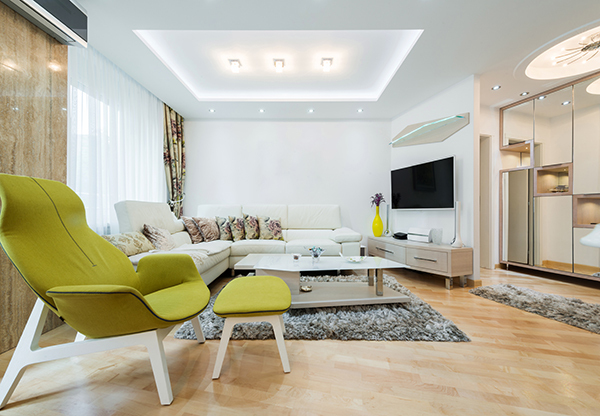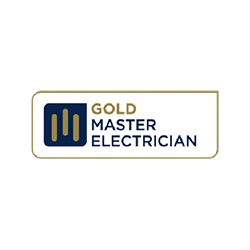10 April 2018
Getting Started with LED Lighting
Want to get your home set up with LED lights? Here are some great tips for using LED lighting.
LEDs, or light-emitting diodes, are a type of lighting that is quickly increasing in popularity for their use around the home, in a range of applications. The early forms of LED lights came with a high price tag, which dissuaded many users, but now, with the price decreasing, many people are appreciating the other advantages of LED lighting and replacing their outdated incandescent lighting. LED’s are taking over the market due to their long life, energy efficiency and lack of heat produced.

Types of LED lights
The type of LED lighting you use will be determined by the location they’re being installed. The three most common types include:
- LED downlights – these can be used to replace your existing downlights, or for a new home, consider where you will want focused lighting or less intense lighting.
- LED globes – can be used to replace your existing incandescent globes.
- LED strip lighting – can be used in cupboards or other dark spots around the home, as well as outside.
If you’re replacing existing globes, it’s important to note the fittings you currently have, as you can only buy LED lights that will fit. The most common fittings are GU10’s, MR16’s, bayonet and Edison, of course, you are able to buy LED’s to suit all fittings.
LED Lighting Colours
LED lighting is available in a range of colours to suit your needs:
- Warm white: the most commonly used. It’s easy on the eye and creates a homey feeling.
- Cool white: tends to give a bluish tinge. It creates a pristine, sparkling effect that makes things stand out better and can be used for highlighting rooms and objects.
- Plain white: this colour is indented to give a natural lighting effect. It provides higher visibility for tasks such as reading, writing and craftwork.
LED lights come in a huge range of beam angles; ranging from 15 degrees, for more focused lighting, to 60+ degrees for more spread out illumination. Being aware of this is important before you buy the light as you must know its purpose and from there you can pick the right beam angle for its location. When choosing a wider beam angle, for more spread out illumination, using a low powered LED can result in a duller lighting set-up. If you plan on having a beam angle of 30+ degrees, it’s a good idea to make sure you are using a LED rated to at least 5W. Using large beam angles will allow you to space your lights wider apart and are good to light up large areas evenly.
Certain rooms, such as theatre rooms in the house will often have dimmable lights. There is a wide range of dimmable LED lights but you will need to install a dimmer switch. Dimming also helps save electricity as a very dim light will not use up the same amount of electricity as a light at full power.
Suggested locations for LED lighting around the home
Install LED lights in hard to reach places.
One of the major advantages of LED bulbs is their long life span, often in excess of 10 years. This makes them ideal for hard to reach places such as recessed lighting on a very high ceiling or high hanging pendant lamps.
Improve areas of task lighting using LEDs.
LED bulbs provide a clean, bright light that makes them ideal for task lighting. Consider using LED bulbs to light your desk or kitchen workspace, where they can actually reduce strain on your eyes by providing brighter and clearer lighting.
Highlight art or other architectural features with LED downlights.
Another benefit of LED bulbs is that they are available in small sizes. This allows them to be unobtrusive, which is great for lighting a piece of artwork or an architectural feature. The clean light of LEDs also allows the artwork to be presented as naturally as possible.
Fit your outdoor floodlights with LED bulbs.
Large halogen bulbs have long been the common choice for outdoor security lighting, but these bulbs produce an intense amount of heat and burn out very quickly. Replace these with LED bulbs in your flood light fixtures. They use less energy, which makes keeping them on all night a more sustainable solution, and they won’t have to be replaced as often.
Use LED strip lighting outside the house.
These provide adequate illumination and create a good, aesthetic feel around the garden area.
Consider replacing all of your current lighting with LED’s and start reaping the benefits of a longer life, less risk of fire through overheating and save money on your power bills.
Fallon Services can undertake a Home Energy Audit in your home and advise on the best lighting design and style to minimise power and maximise function. Call us today on 1300 762 260 or complete our Booking Form .
Suggested articles
No articles found

